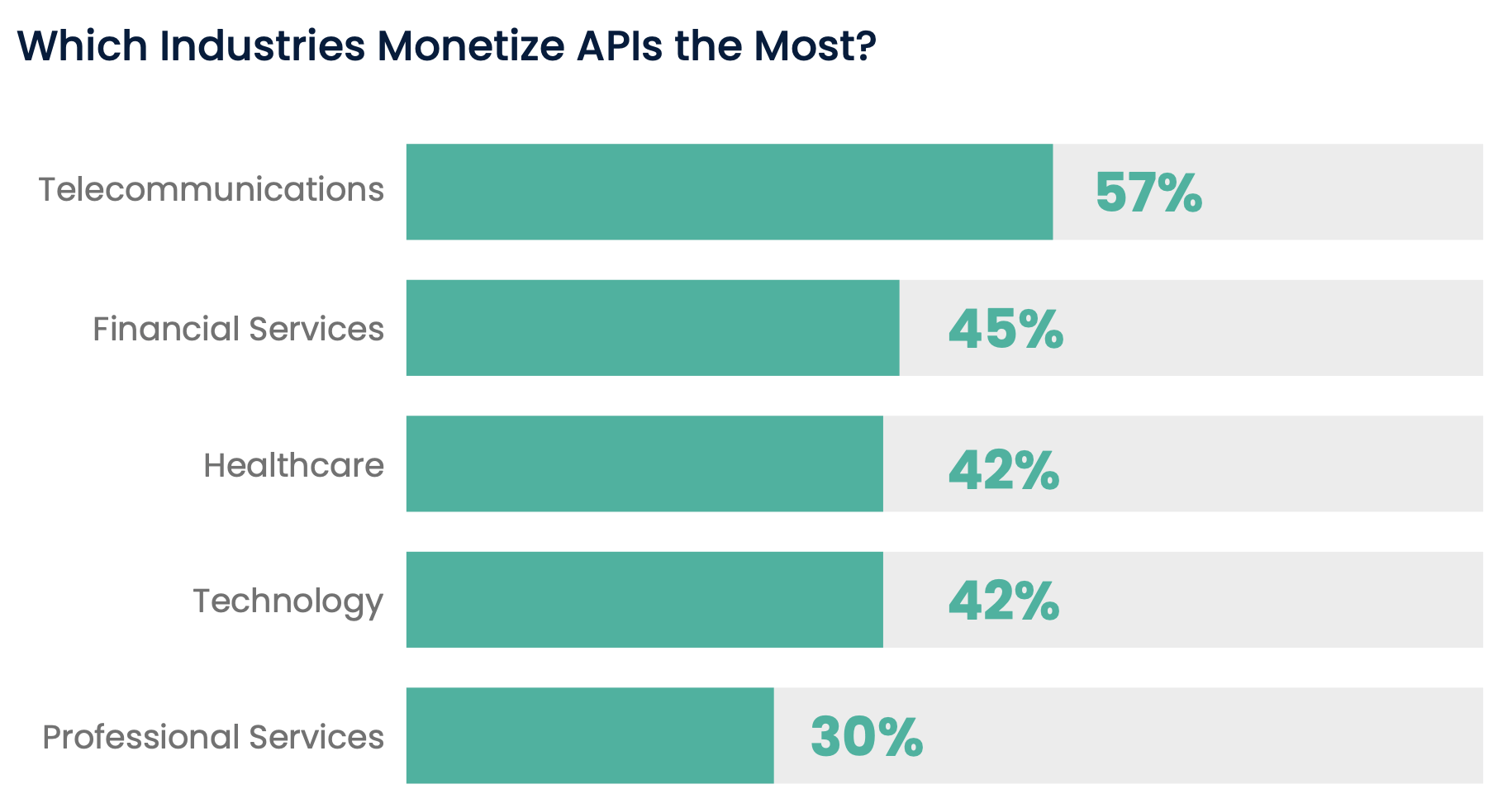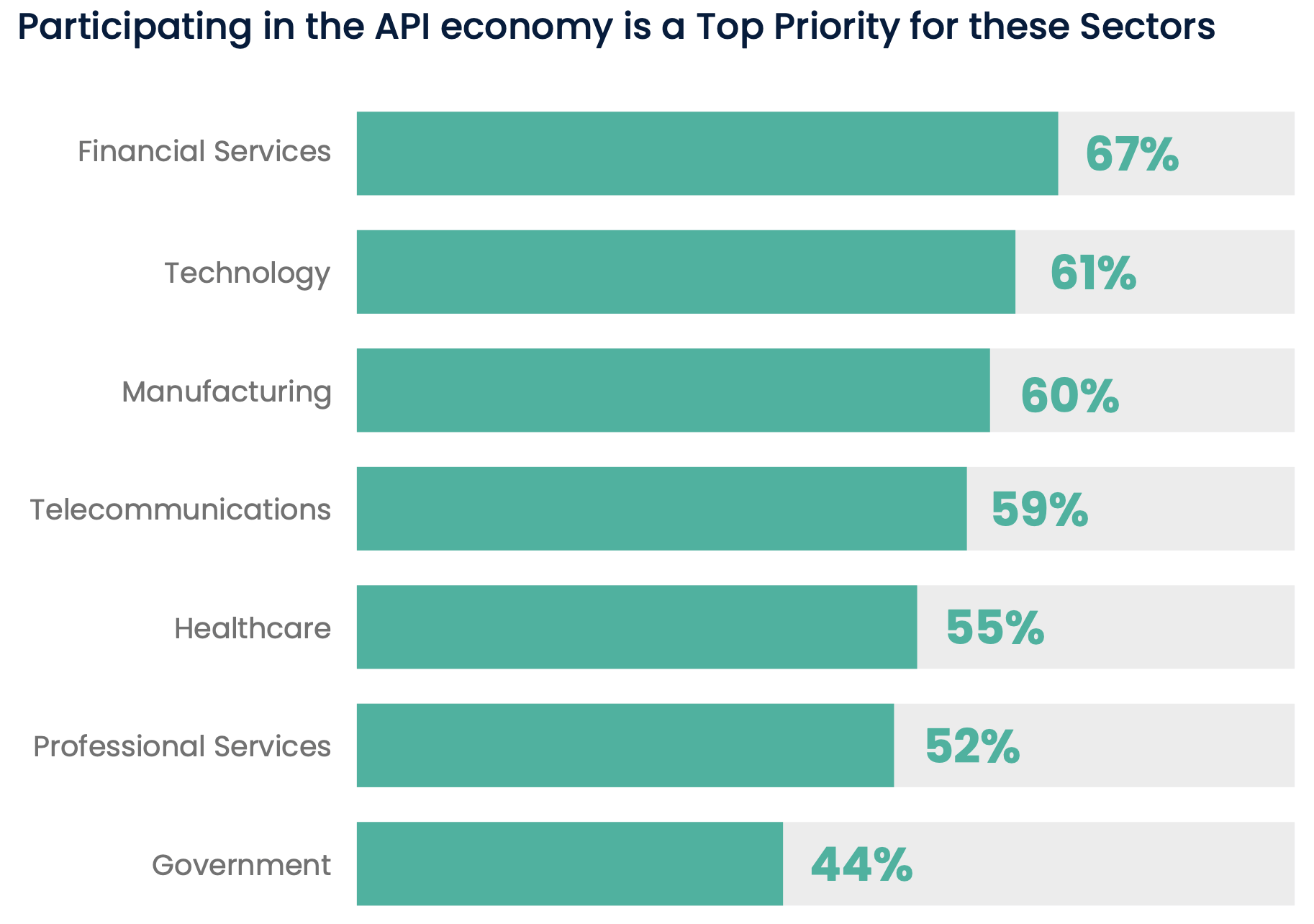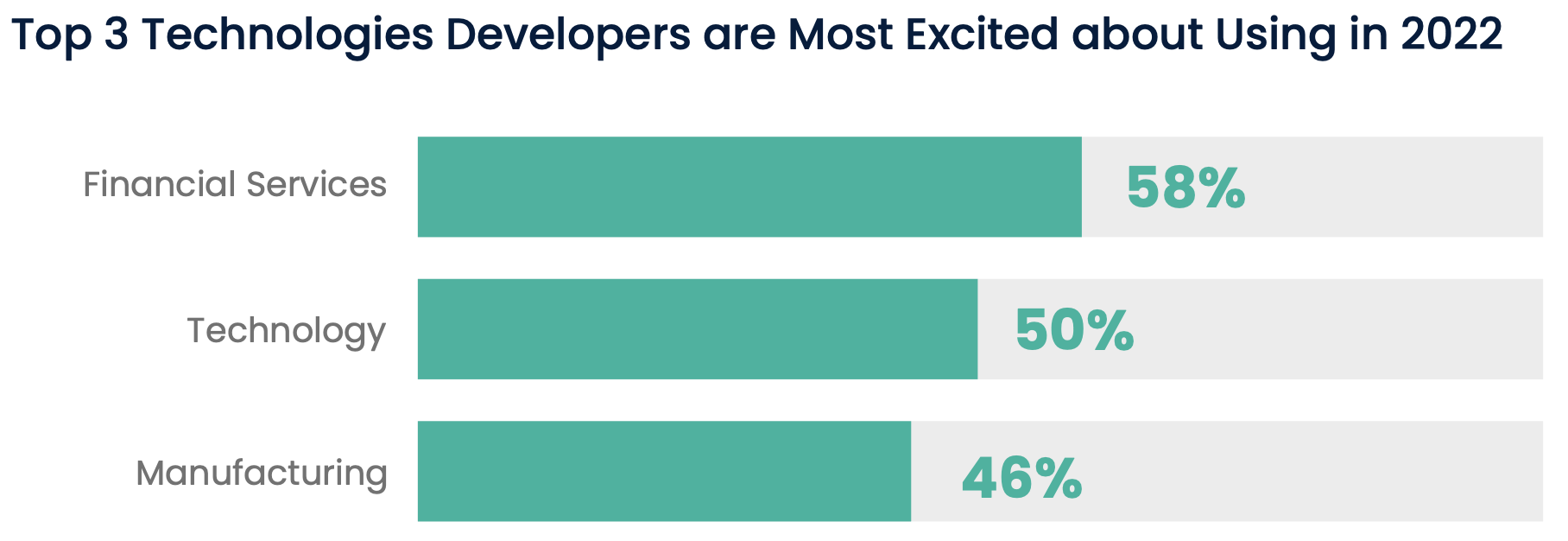Pop Quiz: What are Six Reasons Automated API Testing is Taking Off?
What’s similar between mobile edge computing (MEC)—that’s almost achieved celebrity status in the technology world—and API testing?
By 2026, both markets will be valued at about $2 billion.
Surprised? You are not alone. MEC is part of the larger edge computing market, which enables use cases that rely on machine learning, the Internet of Things, and 5G—all buzzword technologies. This explains why it receives heaps of press coverage.
API testing does not get as much air time. But the fact that both markets are almost the same size indicates just how critical API testing has become as economies and businesses accelerate their digital transformation agendas.
But beyond high‑level digital transformation, what’s driving interest, and the growth, of automated API testing? Is it because API testing underpins the ability of enterprises to deliver defect‑free software on time and on budget? Or does it have more to do with the growth of the API economy?
The answer is: It’s a bit of both, and more.
Uncover the multiple driving factors advancing API testing and automation and count how many of the reasons you already knew.
APIs Drive Revenue

One of the most straightforward reasons that API testing and automation are on the rise is because the APIs themselves are in great demand.
As more processes become digital, the APIs that facilitate access have become a stable source of revenue for businesses. This is most evident among fintech payment firms, such as Razorpay, BillDesk, or Paytm, for example, which charge for utilizing their payment gateways. But it’s also widely prevalent in other industries including telecommunications and healthcare.
According to the State of APIs survey, 40% of businesses monetized APIs in 2021, which represents a 15% increase over the previous year.
For companies monetizing APIs, it is imperative that they build APIs quickly. But over 33% of organizations say it takes one week to one month to conceive, implement, test, and deliver an API to a production environment. Only about 1/3 of developers’ time is spent actually coding and programming APIs, the rest is consumed on other activities with over 15% of developer time used on debugging and manually testing APIs, says the State of the API Report.
These companies also have to ensure that their APIs are available, secure, and high performing. Ensuring this at scale, and with efficiency, requires automating API testing processes.
For companies monetizing APIs, it is imperative that they build APIs quickly. But over 33% of organizations say it takes one week to one month to conceive, implement, test, and deliver an API to a production environment. Only about 1/3 of developers’ time is spent actually coding and programming APIs, the rest is consumed on other activities with over15% of developer time used on debugging and manually testing APIs, says the State of the API Report.
These companies also have to ensure that their APIs are available, secure, and high performing. Ensuring this at scale, and with efficiency, requires automating API testing processes.
The Growth of the API Economy

The idea of APIs as revenue generators falls within the larger umbrella of the API economy. For organizations, the API economy offers a broader set of opportunities including the creation of new products, services, and business models; and improving workforce throughput.
It can also be a lever that transforms businesses into platforms.
“The API economy is an enabler for turning a business or organization into a platform,” says Kristin R. Moyer, VP and Distinguished Analyst, Gartner. “Platforms multiply value creation because they enable business ecosystems inside and outside of the enterprise to consummate matches among users and facilitate the creation and/or exchange of goods, services and social currency so that all participants are able to capture value.”
It’s not surprising, then, that 59% of enterprises say participating in the API economy is a top priority for their organization’s strategy, reports the State of APIs. This is especially true for the financial sector, which is often driven by Open Banking mandates.
The Rise of Microservices and Containers

As more enterprises migrate more significant tracts of their technology estates to the cloud, they are getting increasingly familiar with cloud-native technologies. As a result, many have started modernizing their applications, breaking them down into microservices that are hosted on containers, and that communicate via APIs. These APIs need to be tested rigorously to ensure that they are robust.
According to Java Developer Productivity Report, about a third (32%) of enterprises say they already use a microservices architecture for the primary application they develop. Additionally, a majority of developers report that they are looking forward to experimenting with microservices.
Developers Can’t Get Enough of APIs
Driven in part by an explosion in data, a need to link internal systems and digitalize processes end-to-end, the adoption of microservices, and more widespread Open API mandates, greater numbers of developers are relying on APIs.
Developers lean on APIs to connect internal systems. They also enable developers to couple applications with third-party sources of data and functionality, which can accelerate the creation of new features and drive innovation.
According to the 2021 State of the API Report, 49% of organizations say that over 50% of their development effort is spent on APIs.
Developer reliance on APIs is a trend that will continue to intensify. In 2022, 68% of developers expect to depend on APIs more than they did in 2021, shows data from the State of APIs survey.
All of this makes API testing more crucial. Already, API testing is the second most type of testing undertaken in organizations, according to the State of Quality Testing 2021. In a sign of things to come, a full 97% of testers say API testing is an important or very important skill to learn in order to succeed, says the State of Testing 2022.
A Shortage of Testers
According to Techstrong Research and the State of Testing 2022, over 88% of companies are struggling to find, acquire, and retain testing engineers.
As a result, testing loads are being shared with non-testers. Today, only 18% of development and testing teams say that “all testing is done by dedicated testers.” The dearth of testers has become so acute that in 36% of companies, 10-50% of testing is done by non-testers including developers, product owners, support teams, and end users, according to the State of Testing 2022.
API testing is significantly more efficient than time-intensive UI testing. Increased adoption of API testing automation can increase the efficiency of testing teams and potentially unburden other teams.
A Greater Demand for Speed and Agility
Software underpins the growth and success of digital economies and organizations. The ability to generate code quickly, flexibly and cost-efficiently is central to an organization’s ability to create competitive advantage, and be resilient in a business landscape characterized by extreme volatility.
This is why 86% of organizations use Agile or Agile-like development models, shows the State of Testing 2022. There are a few reasons developments teams adopt agile approaches to software development, but tied at the top of that list are two very telling ones. A full 64% of enterprises say that the two most important reasons for adopting Agile are to accelerate software delivery, and to enhance their ability to manage changing priorities, according to the State of Agile Report.
These methodologies are enabling teams to deliver more deployments more frequently. According to the State of Continuous Delivery Report, 30% of developers perform multiple deployments per week.
The challenge is that poor testing, and specifically API testing, practices are impeding the ability of these teams to deliver. According to the The State of Software Code Report, 84% of developers admit to being held back from deploying more often. According to the same report, 43% say testing is their biggest pain point. With 61% of organizations saying APIs are the leading type of testing they perform, it’s not hard to see how API testing is a significant challenge—one that automation can help alleviate.
The price of less-than-optimal API testing is high. Both poor software, and poor software delivery result in revenue losses and poor customer experience. According to the The Business of Software Report: Uncovering the Knowledge Gap, businesses risk up to $126 million in lost revenue due to ineffective software delivery. And 26% of organizations have actually reported losing a significant amount of users to errors, according to the The State of Software Code Report.
As organizations continue to compete in an increasingly digital battlefield, the importance of API testing automation will only grow. There is an urgent need for businesses to leverage solutions like Qyrus’ API Testing Automation Platform, which is 40% more efficient than existing code-based API testing systems—and can cut test execution time by at least 50%.
Take it for a test drive today!





